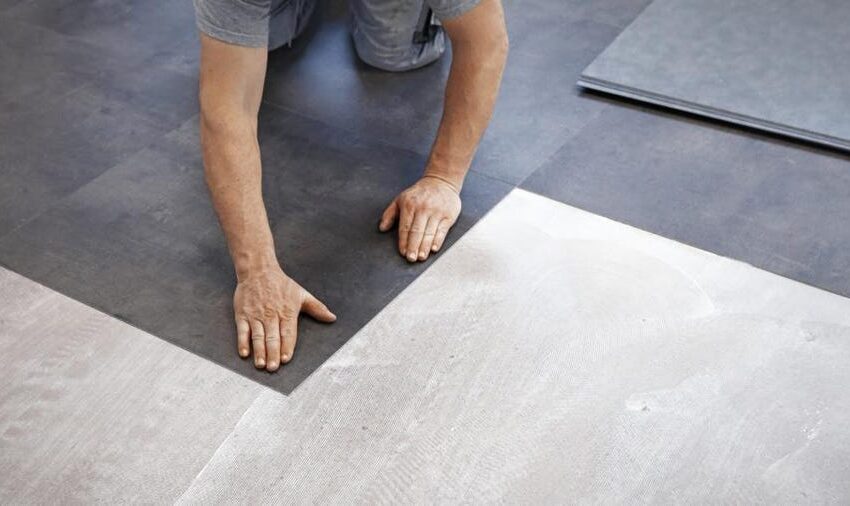Breaking Down The Pro And Cons Of Linoleum Flooring

When looking for different flooring solutions for your home, linoleum flooring is the most popular type, as it can withstand the test of time. It is made of a mix of renewable natural materials such as cork powder, linseed oil, tree resin, and jute. Instead of multiple layers, linoleum floors have the design embedded throughout the material. Unlike other flooring materials, linoleum is incredibly durable and versatile. Moreover, it works for nearly all areas of the home.
Before considering linoleum flooring for your home, don’t forget to consider the following pros and cons before making your final decision.
Pros Of Linoleum Flooring
- The water-resistant nature of linoleum flooring makes it ideal for kitchens and bathrooms.
- It is exceptionally resistant to wear and tear and can last for more than 40 years with proper care. And this is what makes linoleum flooring so appealing to homeowners.
- It doesn’t emit volatile organic compounds (VOCs) into the atmosphere, making it an environmentally-friendly flooring solution.
- Unlike other flooring materials, the installation of linoleum flooring is much more cost-effective.
- It is versatile and comes in an enormous range of patterns, colors, and styles.
- Another significant advantage of having linoleum flooring is its low maintenance profile. These floors only need occasional sweeping and mopping to maintain their original shape and beauty. In case of stains, you can use a linoleum cleaning solution or a mild detergent.
- Unlike other flooring materials, linoleum is biodegradable because it is made of renewable materials.
Cons Of Linoleum Flooring
Just like other flooring materials, linoleum flooring has some drawbacks, too. Considering these cons is very important before buying linoleum floors for your home.
- Cheap-quality linoleum is susceptible to moisture and can cause permanent damage to the floors.
- Resilient linoleum is prone to dents from heavier pieces of furniture.
- You can’t install linoleum flooring on your own. Instead, it needs professional installation, which can be costly. Linoleum sheets are not as easy to cut and handle. Usually, the process includes two main steps: sticking the sheets using a glue-down bond and welding the seams together.
- You may find linoleum flooring quite expensive than other flooring materials because of the reason stated above. On average, linoleum tiles cost between $3.50 to $5 per square foot, and sheet linoleum averages about $3.50 to $5 per square foot.
- Linoleum floors tend to get darkened or yellow when exposed to sunlight for a long.
- Freshly waxed linoleum floors can be slippery and increase the risks of slipping and falling.
Bottom Line
Linoleum flooring can be a fantastic flooring option and a significant investment as it resists decades of wear and tears while maintaining its original appearance. However, it requires professional installation that can end up being more than the actual cost. So, if you are buying linoleum floors for your home, keep the above-listed pros and cons in your mind while making your final decision. If taken care of properly, you can enjoy these floors for decades!